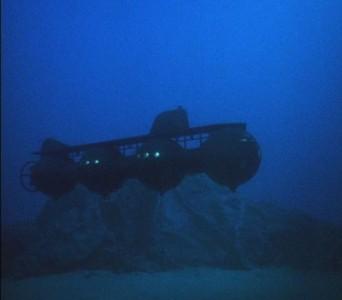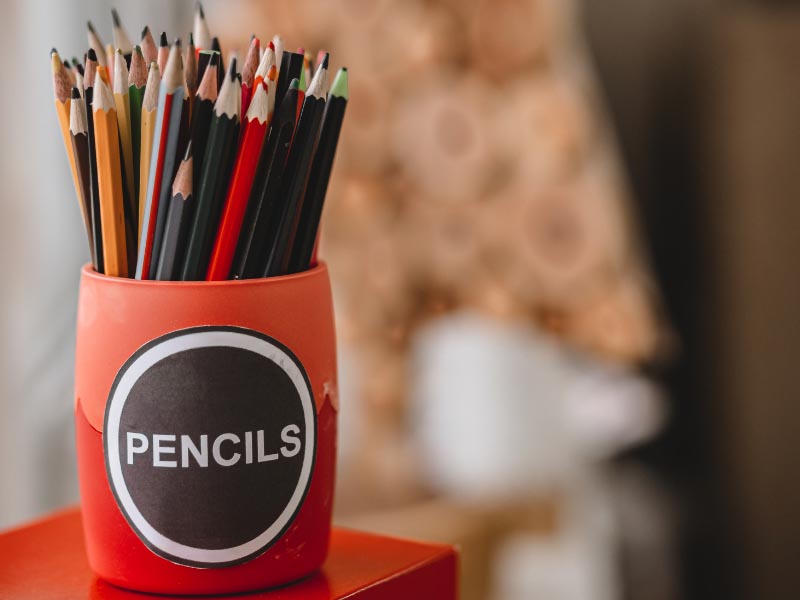Iskelderon
Sr Member
People love to use them for kitbashed robots and the like, certainly cheaper than used Bandai Gundams and other robots.I definitely second the Final Faction toys. I used a bunch of them on my scratch build.
People love to use them for kitbashed robots and the like, certainly cheaper than used Bandai Gundams and other robots.I definitely second the Final Faction toys. I used a bunch of them on my scratch build.
These can be used to secure the ends of slits in plastics and cloth. If you are adding a slice, vent, expansion accordion or similar and need to keep it from splitting further when under stress. Punch on the end of the slit/split. It creates a very durable stop without a stitch, patch or grommet. It will not suffice in areas of extreme tension.Same way people use these, but more versatile, because you can place them anywhere and don't need to change or rotate the tip to switch between sizes
People also use the pliers-type to quickly pump out "rivets" for Steampunk projects.
View attachment 1782700 View attachment 1782701
That and melting in plastic staples with one of these guys:These can be used to secure the ends of slits in plastics and cloth. If you are adding a slice, vent, expansion accordion or similar and need to keep it from splitting further when under stress. Punch on the end of the slit/split. It creates a very durable stop without a stitch, patch or grommet. It will not suffice in areas of extreme tension.
If doing this on harder plastics, where slits can run away quickly, punch the holes first and cut the slit from one hole to the other. If done with a score first, followed by a full cut, the split will follow the score to the other hole if it tries to run away. Not guaranteed, of course, so practice.


Great idea!If you want some very tiny gun barrels, cable connectors, antennas, etc. and you can get them cheap, I highly recommend milspec contacts:
That third type is great if you need to strengthen thin plastic elements with a cross-connection, especially if you melt them into the plastic you're working with, by way of a soldering iron.Sewing needles/pins are also a great add-on in your box of tricks
The Noisy Cricket silencer
Though for bigger stuff like props you'll have to use biopsy needles.Hypodermic needles are also used for guns on plane models.
Guitar strings used for cabling.

Good idea. It used to be that places like Best Buy would recycle your old electronics for free, now you have to pay them. If I had the space, I would've probably kept my last tv (that only lasted a few years) and try to break it down for parts too.If you have a dead LED TV, it probably has some really good diffusion materials for lighting. The TV in our bedroom went kaput and I was able to salvage a huge sheet of approximately 1/8" thick translucent white acrylic diffuser and another of much thinner sheet of Fresnel diffuser. Together they do a really great job of evening out the light from LEDs.
The sheets salvaged from the dead TV:
View attachment 1820385
Test of both diffusers layered in the nacelle of my 1/350 PL Refit. They work best if there is a small gap between the LED and the diffuser (about 1/8" to 1/4"). The diffuser is up tight against the clear grille part on the inboard half of the nacelle and the LED strip is taped to the inboard half shining directly into the diffuser. The camera is picking out a very slight unevenness at the edges but it's pretty much perfect to the eye.
View attachment 1820386 View attachment 1820387
More complete test with light blocking and the grill part painted. There is some unevenness here as well, which is caused by me testing an animation effect which randomly varies the brightness of the individual LEDs in a sort of water ripple pattern (it looks really cool in motion).
View attachment 1820388
I carved a small piece of the white acrylic into a diffuser for the nacelle RCS thruster quad. It distributes the light from a single SMD LED beautifully.
View attachment 1820389
The matte plastic covers, yes, hadn't even thought of that and they come in numerous colors.For "light diffuser", I use tape (small area) or covers from note books (available at Wallmart for cheap)

Actually it’s pretty freakin strong!Yes... Elmer's wood filler.
Much cheaper than "modeling-specific" fillers, like Squadron. And as long as you're not needing robust structural integrity, it can't be beat.

